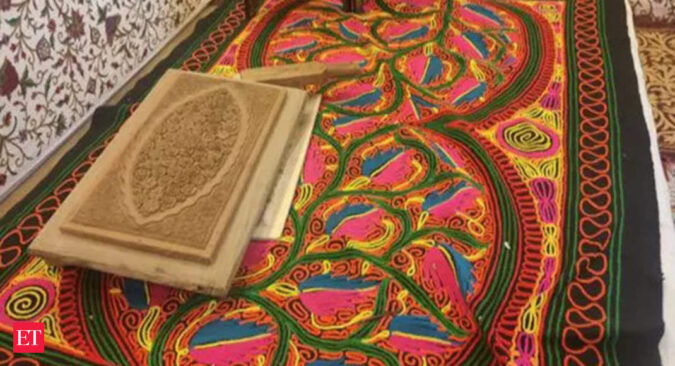“Amid the slowdown in key export markets, Indian handicraft exporters will face increased competition from their Chinese counterparts post easing of Covid-19 curbs in China. Handicraft exporters will rely on lower pricing and extended credit to counter subdued demand, which may pull down operating profitability by 200-250 basis points to 12 per cent,” Crisil Ratings Director Rahul Guha said.
The industry derives almost 60 per cent of its sales from the US and EU, which are battling high inflation and recession fears.
Together, these two regions make up a market of more than USD 500 billion, which is largely tapped by China and Indian exporters have a limited share, said the report.
Last fiscal, a favourable rupee-dollar exchange rate cushioned the impact of export sales by as much as 8 per cent, it added.
There will be no such respite this financial year as the exchange rate is expected to remain largely stable, it added. Meanwhile, the report noted that the longer credit periods may, in turn, stretch working capital cycles – from 90 days to more than 120 days, on average. This could imply higher working capital borrowings, Crisil Ratings said.
“Despite the likely increase in working capital borrowings, healthy balance sheets should keep debt metrics comfortable. Also, with demand expected to remain sluggish, the capex outlay will be negligible and will be funded through cash accrual. Hence, credit profiles of handicraft exporters will remain stable,” Crisil Ratings Director Nitin Kansal said.
Moreover, the debt is largely for working capital, with more than 85 per cent being short-term.
